by Ashley Hess, written on July 9, 2020
As a new guide and educator, you may be faced with challenges when leading private tours. Here are some tips for four common problems and questions you might have.
- How can I customize the tour for the group?
- What art or artifacts should I show the group?
- What topics should I avoid? Can I talk about religion with the group?
- I started with five people on my tour, and now I have ten. What do I do?
The first challenge I had as a guide was tailoring the tour for each group. Have they been here before? When? What have they seen in the UAE? My main tip for this challenge: Ask the visitors. They will be more than willing to share their experiences. If they are new to the UAE, you can suggest places to go, eat, experience. Remember, you are the cultural ambassador to the UAE.
The second challenge acts as a follow up to the first challenge. Where is the group from, should I show artwork from that country? What art, artifacts do they like? Often a tour is pre-booked, and you will receive a list of information stating the guests’ home country, the age range of the group, and the time frame for a visit. Sometimes you will even be lucky and will have a request for a specific theme, time frame, or list of crucial artworks the group wishes to see. Other than that, it would be best if you educated yourself on the collection. Make sure you know where the artworks & artists are from and where they placed in the gallery spaces. I have had experiences finding out the guests’ country of origin on the spot as I introduce myself.
You might be asking yourself how can I be culturally sensitive? What should I avoid? Can I talk about religion with the group? You might have a heads up before the tour, or the oranigsation’s protocol will advise you accordingly. Other than that, you must read social cues. Most people visiting the region will be interested to learn about Islam. If you are concerned about discussing religion, you can highlight that the UAE recently celebrated a year of tolerance that led to plans for a church, synagogue, and mosque (designed by the same architect) to share the same garden on Sadiyaat Island, Abu Dhabi.
And finally, what if you find your group increasing in numbers. If your tour is engaging, this will typically happen. Please take it as a compliment. But remember, you must be careful when dealing with this situation. For this, I always like to find a spot in the museum that allows visitors to explore on their own. I introduce the space and give the group time to explore. During that time, I will approach those that have decided to join my group. I politely explain that this is a paid tour, and tell them where to buy tickets, the timing for the next scheduled tour, and any other information that they would find helpful.
If you found these tips helpful, remain on the lookout for more information, blogs, and videos on the Talents UAE website, which we will release over the coming months.
SEP


